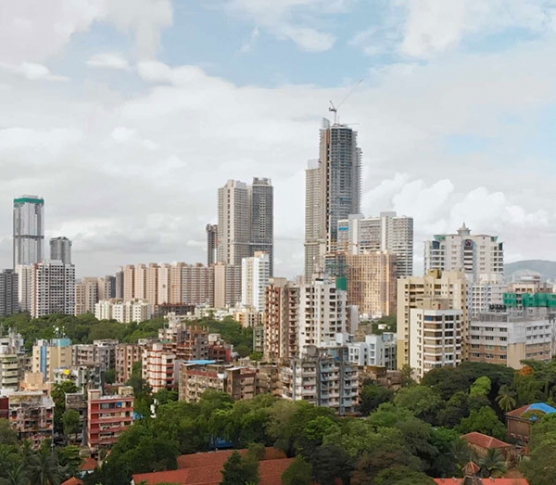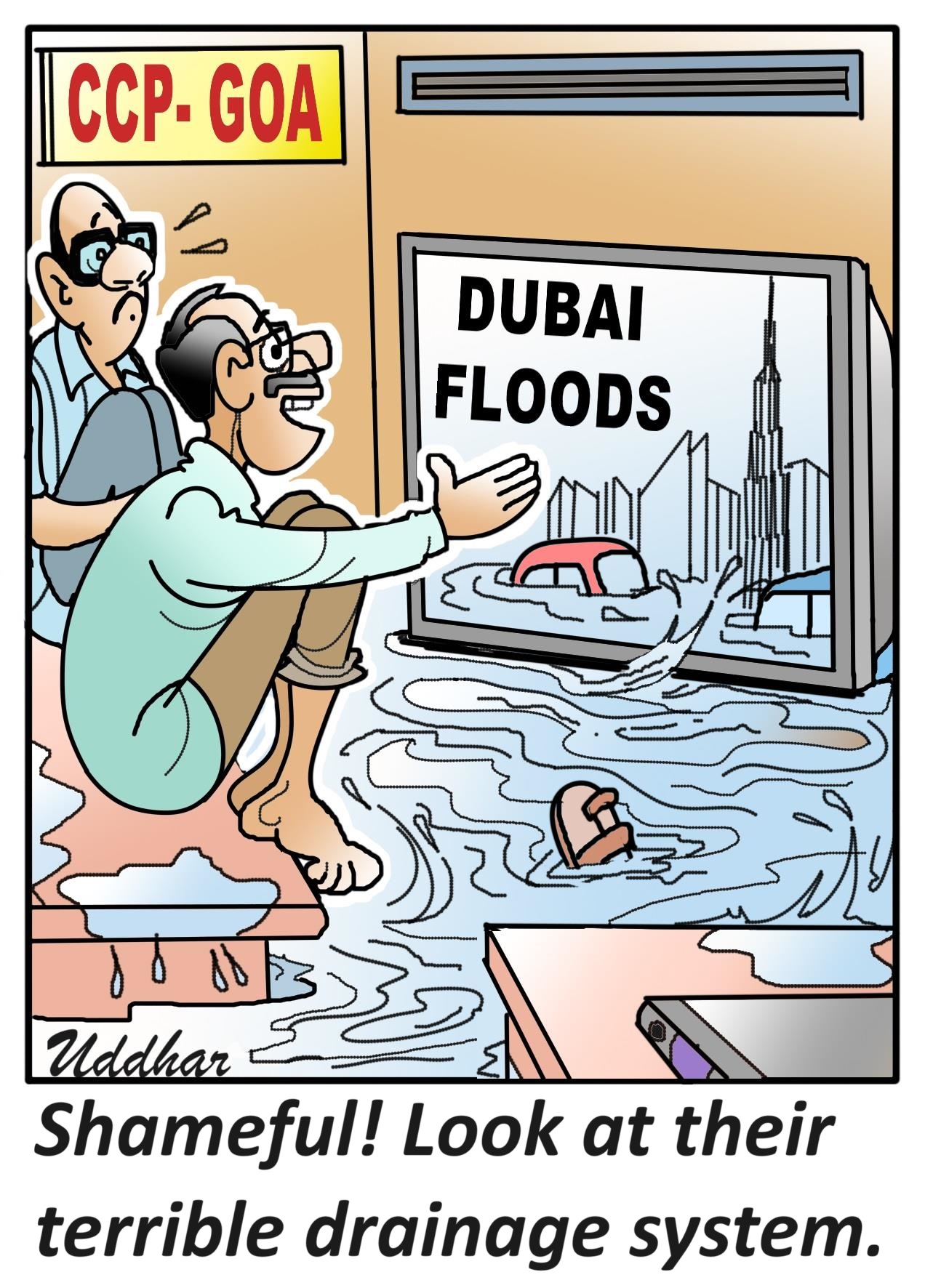
Team Herald
MARGAO: The Goa Bachao Abhiyan (GBA), which has been opposing the controversial amendments to the Goa Land Development and Building Construction Regulations, has issued a public message, in which it has explained why the government was pushing ahead with these proposals.
“By law the government is required to publish all relevant facts while formulating policies or announcing decisions which affect the public. In the case of the TCP Department amendments, this was not done. We got 370 documents under RTI and after scrutinising them, came to some conclusions as to why these amendments were proposed,” stated Tahir Noronha, Urban Planner, in a video.
In particular, GBA’s message details who requested every amendment and the reasoning given by the Steering Committee when proposing each amendment.
GBA criticised the deliberate vague wording “the committee was informed” which was used often in the minutes and notings for the amendments that infringe in the Eco-Sensitive Zones.
For example, they referred to the amendment for ‘regularising illegal constructions over 500 square metres’.
GBA revealed that former TCP Minister Chandrakant (Babu) Kavlekar had sought this amendment and the reasoning given was that ‘citizens have brought grievances to him that their constructions cannot be considered for regularisation because they are over 500 square metres’.
They then referred to the amendment for ‘relaxing and permitting larger farm houses’ wherein reasoning at the committee’s deliberations was that other States, which were not specified, permit such massive farm house structures in their agricultural land.
They spoke about another amendment for ‘permitting commercial utilities in the community spaces’.
GBA revealed that this was on the best of the Confederation of Real Estate Developers of India (CREDAI) wherein the explanation was that developers think this is too much space, and there is no demand for common facilities, but there is demand for small commercial.
GBA referred to a related amendment for allowing concentration of public utilities in a single open space instead of multiple parcels.
Here too it was on behalf of CREDAI, wherein the reasoning given was developers can save if they consolidate utilities and furthermore that plotted developments in Goa are small and so it would not have an adverse effect on residents.
Another example was regarding the amendment for opening the sub- division of the eco sensitive zones of A1 and A2.
The reasoning given was that in 2018 order that higher plot sizes inconvenience poorer and smaller farmers and that the regulations prior to 2018 had set the minimum at 1 acre (4,000 sqm), which the Committee now wants to revert to.
